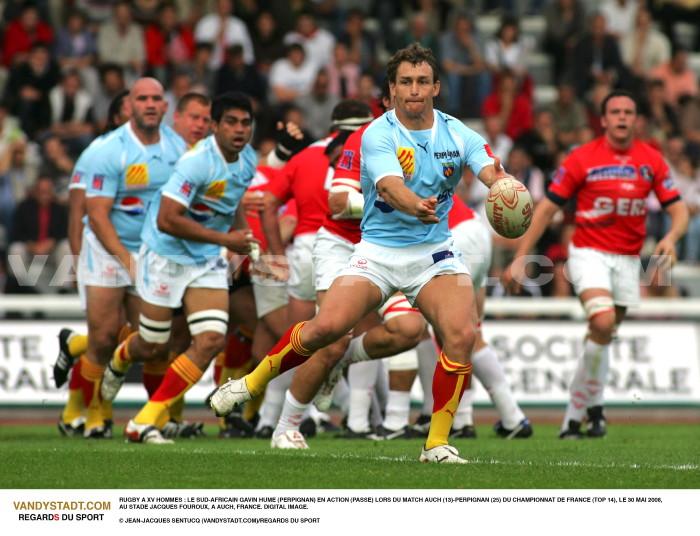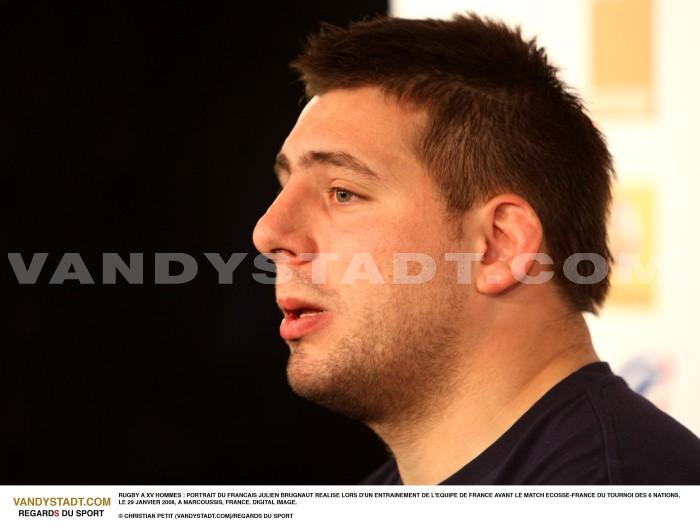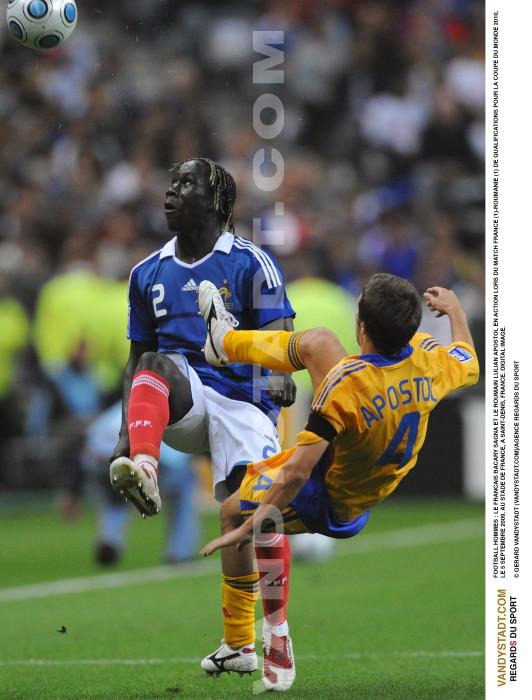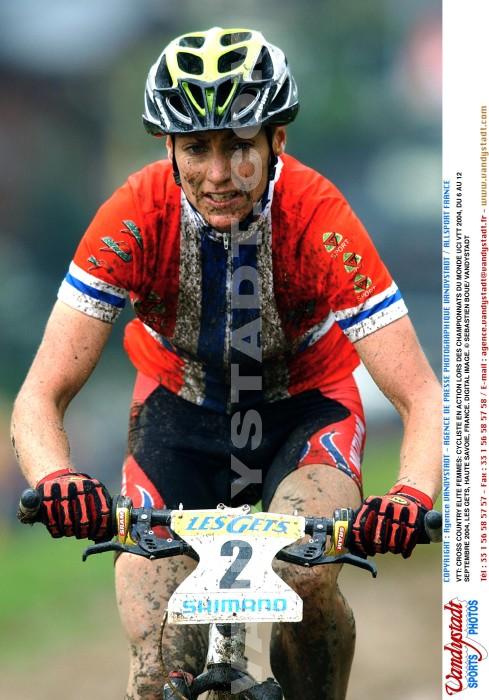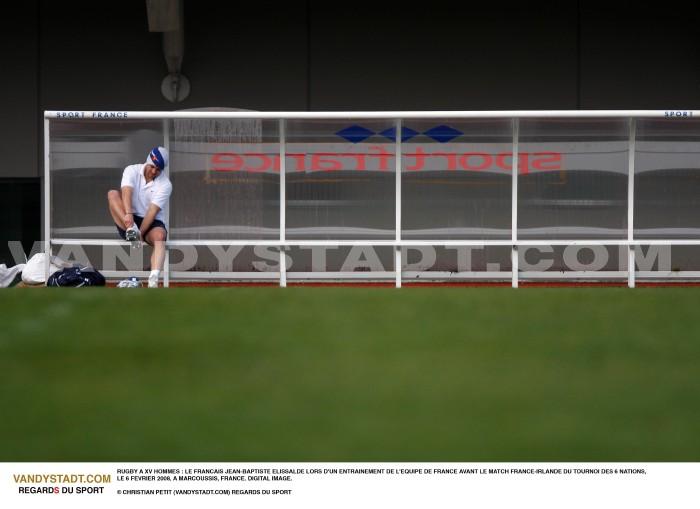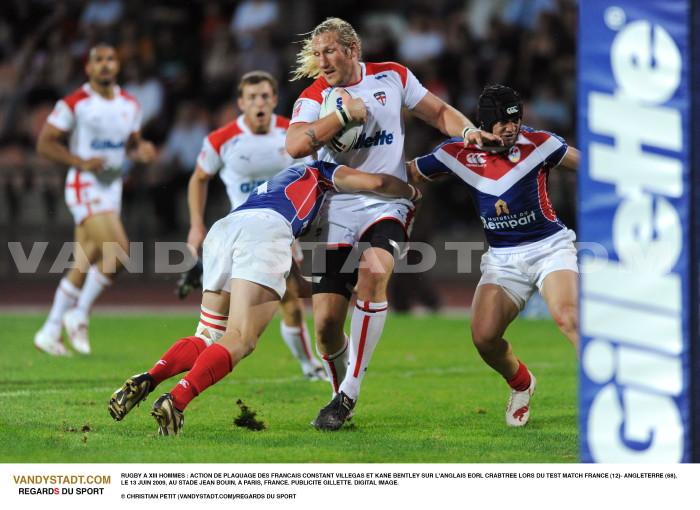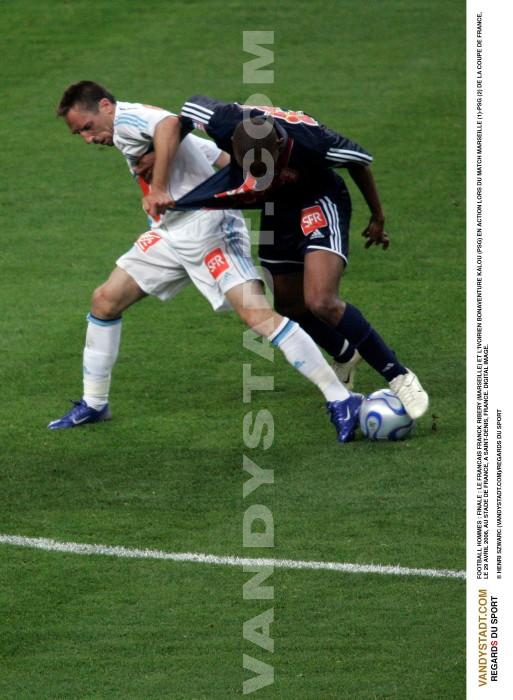Gymnastique - Gymnastics history
Gymnastics - Olympic Sports
![]()
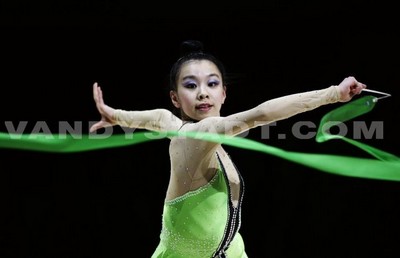
The name "Gymnos" of Greek origin meaning "naked" is the foundation of gymnastics, because in ancient times, athletes exercised naked. Gymnastics is the perfect symbiosis of sport and aesthetics.
History
The first gymnast in history were the acrobats of ancient Egypt. In ancient Greece, the Greek youth "adorned their bodies" through floor exercises, by leaps and movements chained. The exercises were part of the education of Greek children. The Roman soldiers practice drills to better prepare for battle. The wooden horse was invented by the Romans. The modern gymnastics was born in Germany in the late 18th century on the initiative of Johann Simon School professor Basedow in Dessau and especially Friedrich Ludwig Jahn (1778-1852), regarded as the real creator of modern gymnastics. He founded in Berlin in 1811 the Turnverein (gymnastic society) where he developed a variety of exercises to develop self-discipline and physical strength. It is also the origin of the first fixed (parallel bars and high bar).
This method was used to train military and soon reached the neighboring countries (Switzerland, France, Belgium, the former Czechoslovakia). The first official competition was organized in 1894 in Germany. The first world championships were held in 1903 (outdoors). Gymnastics is a sport now in theaters in 1931. In 1936 that was finally created the 5 gear for men, rings, pommel horse, vault, parallel bars and high bar in 1952 and women's disciplines: floor exercise, vault, beam and uneven bars. The first World Championship in its current form was held in Rome in 1954.
There are some 30 million gymnasts in the world.
The International Federation (FIG), one of the oldest sports federations in the world, was founded in Liège in 1881 by the Belgian Nicolas Cuperus with the top three members, the Belgian, French and Holland. In 1897, it counted 17 member countries came together to form the European Federation of Gymnastics. In 1921, the United States became members, and the FIG was born. It currently has 126 members. It governs seven different disciplines including 3 Olympic artistic gymnastics, rhythmic gymnastics and trampoline since 1998.
The French Federation Gymnastics
Founded September 28, 1873, the French Federation of Gymnastics is the oldest of all French sports federations, its founding President Eugene Paz (a precursor of the Renaissance physics student Hippolyte Triat and great journalist) named the Union of Societies Gymnastics France (USGF), which was approved by the state April 12, 1903. The USGF not grouped while men's groups.
Key Dates
1931 First World Championships in Paris.
1934 First participation of women in the world championships.
1949 Introduction of the scale points.
The artistic gymnastics and Olympism
This is one of sports most spectacular Olympic Games. The men's gymnastics was introduced to the first Games of the modern era in 1896. The women's competition was allowed in 1928. The Olympic competition includes contests for gear, team and open competition with points awarded for each gear.
The three Olympians French
- Albert Séguin (1891-1979). One of the French Olympic champion in gymnastics. The Olympics 1924 he won gold on vault width.
- Gustave Sandras (1872-1951). The only French athlete to become Olympic champion in open competition
iduel. It was in Paris in 1900.
- Emilie Le Pennec (31-12-87). In 2004, she won a medal for historical France, the first in women's gymnastics, the Olympic gold medal on uneven bars. European Champion of the specialty in 2005 (3rd floor).
- The first gymnast who obtained a perfect score of '10 'was the Romanian Nadia Comaneci (only 14), mark awarded for the first time in the history of the discipline, the Olympics of 1976 in Montreal. At the time, the panel notes could not display numbers in four digits. Her 10.00s were displayed as 1.00.
- The first gymnast who received a perfect score of '10 'was the Soviet Aleksandr Dityatin , the 1980 Olympic pommel horse.
Competition
In gymnastics, there are 5 major competitive disciplines:
? Gymnastics ? Men's Artistic Gymnastics Women's Artistic ? Rhythmic gymnastics and trampoline sports ? aerobics ? athletic
The gymnastics competition as we know it today is rooted in two distinct systems: the system of the German Turnverein, which focuses on muscle development and work gear, and the Swedish system of free exercises which focuses mainly on improving the rhythmic movements.
Did you know: one of the founders of the Russian Gymnastics Federation in 1883 was the great writer Anton Chekhov?
Men's Artistic Gymnastics
Men's gymnastics takes place on six machines: horizontal bar, parallel bars, pommel horse, rings, vault and floor.
Rings

It is the apparatus that seeks fuller muscle strength.
Width: 28 mm. Diameter: 21 cm. Height: 2.75 m
Two parallel rings (with a diameter of 18 cm) 50 cm apart, suspended from a cable and straps and male artistic gymnasts capture, one in each hand, to perform a series of exercises especially demanding at of statics.
The movement on the rings is a mix of force elements such as planks and iron cross that must be maintained at least two seconds, alternating with suns and swaying.
The rings should especially not swing during the movement of the gymnast who is the biggest challenge. The output should be acrobatic.
Horizontal bars
The high bar is often considered the most spectacular outfits of the men's artistic gymnastics through high-flying, dropping the bars and release often perilous.
Diameter: 28 mm. Height: 2.55 to 2.75 m. Length: 2.40 m Exercise should include only movements of elk, without stopping.

At the highest level gymnasts perform their exercise 3 or 4 releases bar which sometimes 2 or chained with a pirouette. They are also working increasingly on an arm and harden their output with among others the realization of the triple back.
Unlike the uneven bars in girls, the gymnast has no input to his coach and can bring to help him on the bar to begin its movement
Any fall is a deduction of 0.50, the gymnast has 30 seconds to go up on the bar.
We may release the horizontal bar with several figures:
- The Kovacs presented by the Hungarian Peter Kovacs in the late 70s. He dropped his hands from the bar then followed by a back flip over together.
- The Kolman: is very difficult (0.10 bonus) presented by the Slovenian Lojze Kolman in 1992. He let go his hands on the beam by running then a spin.
Other movements with names of gymnasts:
- Delchev: Performed by the Bulgarian Stojan Delchev European Championships 1977. A drop Jäger tight twisting.
- Gaylord: Movement behalf of U.S. gymnast Mitch Gaylord , who effected during the World 1981: release in front somersault over the bar and caught up in making ulnar.
- Gienger: Drop in back somersault with a half-turn made by the German gymnast Eberhard Gienger in the World 1978.
- Jäger: Named after the German Bernd Jäger gymnast at the Olympic Games 1976: Grand Tour in front and drop in front somersault.
- Yurchenko: Named after the Soviet gymnast Natalia Yurchenko, jump starting a rondade springboard and continuing a reversal back on the horse with an output by 1 ½ somersault backwards.
- Tkachev: Named after Soviet gymnast Alexander Tkachev European Championships 1977: great ride back with a cons motion passed pike (or rejected) back over the top bar to the suspension.
- Thomas Named after the American gymnast Kurt Thomas
, rotations circle spread on pommel horse.
- Timoshenko: Named after the Soviet gymnast Alexandra Timoshenko
, lateral flexion performed at a large gap up.
- Tkachev: Named after the Russian gymnast Aleksandr Tkachev, momentum before and jumped back with legs apart releasing the bar.
Sokol
This is the clothing worn by the male gymnasts from the age of eleven years for rigging 'arm', ie, pommel, rings, high bar and parallel bars. This time improves the online leg. It was called 'Sokol' the name of the Czech movement was founded on the culture of the body through exercises overall .. He was introduced to the Paris Olympics in 1924.
Namely:
Gymnasts oven gloves donned for the high bar and rings, the women use the uneven bars. To these outfits are designed in wood or iron, charges received during the releases, elk or movements require a strong element protects hands. Emerged in the 1930s, pot holders are a kind of gloves consisting of a strap attached to the wrist, a strip of leather covering the palm of the hand hole for two, three or four fingers can harpoon the glove up knuckles.
Parallel Bars
Height: 2.75 m Length: 3.50 m
The distance between the two bars is between 42 and 52 cm and is adjustable according to the template of each competitor.
This apparatus requires great strength and good coordination.
The device consists of two wooden bars whose height can be adjusted and used to conduct impulses, scales and tendrils. The gymnasts are working suspension to stay in balance, which requires a very large investments in control of the body. The exercise should include movements of momentum and support. It may also include movements of force although they are not mandatory. The gymnast must perform at least a movement with momentum dropping twice. The present work tends towards the achievement of difficulties incurred in the horizontal bar such large towers, saltos between bars and the complexity of the output.
At a high level competition, we can see the movement as a spectacular double somersault between two bars. The movement ends with a trip made by the end of bars or on the side.
Pommel horse

Width: 35 cm. Height: 1.50 m. Length: 1.60 m.
The pommel horse is considered to tackle the most difficult gymnastics men because the downside risk is very high. It requires strength, balance and coordination.
Gear solid with two handles, or 'saddle' on its top that gymnasts use to perform a series of maneuvers defined by a complex arrangement of hands and body while standing over the machine. Only hands can touch the horse. Exercise should include only a circular motion momentum executed without stopping. Circles legs should dominate and exercise should include scissors. This device requires a large workload on the supports.
The distance between the saddle is adjustable according to individual gymnasts and can vary from 40 to 45 cm.
Sol
The floor exercise was a mixture of acrobatics, strength, flexibility and balance that is carried on a platform that makes a square of 12 x 12 m with an edge and more security than a meter.
The ground movement must include acrobatic sequences, elements of flexibility, strength and balance.
During this period whose duration varies from 50 to 70 seconds, the gymnast must use the entire available to him. The current trend is the realization of acrobatics increasingly difficult and more complex combinations. Unlike the women's gymnastics, there is no music.
Vault
It is used for gymnastics artistic men and women for
straps forms of reversals.
The vault is an apparatus that combines strength, dynamic and technical. It tackles the fastest women's gymnastics which makes it very difficult to judge.
The vault includes a running track 25 m, a trampoline and vaulting table was located 1.20 m in height.
The jump table measuring 1.20 m by 95 cm (with one end curved). The competition is height of 1.25 cm for women and 1.35 cm for men. It's a solid device similar to the pommel horse but without handles.
In this area, the velocity of gymnasts is essential and
ersity of jumps is growing:
- Jumps with an arm - jumping double pirouette - jumping double front somersault
A successful jump is the height at which is performed acrobatics; receipt must be "crushed", ie without or not in balance.
In competition, gymnasts must perform two jumps. The average scores of the two yields the final grade.
Did you know that the term "artistic gymnastics" emerged during the early 19th century to differentiate recreational gymnastics from what was then performed by the military.
Women's Artistic Gymnastics
Women participate in four apparatus: floor, vault, beam and uneven bars.
Beam
The beam is a rigging of elegance, flexibility and above all, balance. It tackles the most difficult women's gymnastics because the downside risk is very high.
The beam is 120 cm high, 5 meters long and only 10cm wide. Gymnasts must be barefoot.
The gymnast has a minimum of 70 seconds and a maximum of 90 seconds (exercise control) or 95 seconds (Compulsories). The movements are composed of elements acrobatic exercises for balance and flexibility, jumps and gymnastic dance links seamlessly connected to each other without stopping. In case of fall, the gymnast has ten seconds to get back on the beam.
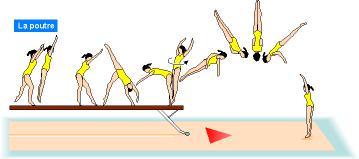
Two figures jump to the beam designed by French gymnasts
- Jump Furnon named Lu
ine Furnon who realized for the first time, is the Shoushounova jump (jump away with the body in a straight line parallel to the ground) made to the beam.
- Jump Teza (named Elvire Teza , who realized for the first time, the 1995 world championships, is a flip of 360 ° made perpendicular to the beam.
Uneven Bars
This gear is part of rigging the most spectacular women's gymnastics. They are staggered but parallel bars with a bar placed at 245 cm high and a bar to 165 cm. They can be separated up to 180 cm depending on the size of the gymnast. They were introduced by the German Olympic program in 1936.
The sequences uneven bars must have a minimum of 10 movements in support of, or related suspension, carried with enthusiasm.
The rocking movement is essential in continuing a series on the uneven bars. Any disruption or break in the chain leads to a penalty. A fall is a deduction of 0.50 and the gymnast has 30 seconds to catch his movement.
Gymnasts use of magnesium to make the bar less slippery.
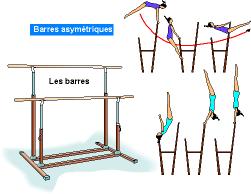
Short History:
The Def: a revolutionary movement invented by former gymnast French Jacques Def in 1981. It's a drop from the top bar in back salto stretched with ½ twist. Emilie Le Pennec and Isabelle Severino are the only gymnasts to achieve this movement. With the release of the famous bar, Emilia in 2004 became the first French Olympic champion in history while Isabelle picked up the bronze medal in the World 1996!
Vault
The vault is an apparatus that combines strength, dynamic and technical. It tackles the fastest women's artistic gymnastics, which makes it very difficult to judge.
The apparatus is placed across and not long as in men. The gymnasts have a runway by 25 m max.
Breaks for women
isent into four categories determined by each position and specific movements.

Each jump consists of five phases: running, off initial support for temporary hands, the second flight and the reception.
After a run of up to 25 meters, the gymnast takes his pulse on the platform, laying the 2 hands on the table then jump flew in the air to achieve acrobatic. The key to a successful jump is the height at which is performed acrobatics and reception to be "crushed", ie without imbalance or not.
Sol
The movement to tackle that combine grace, rhythm and virtuosity. Dance Research, the choice of musical compositions, plus the complexity of acrobatic series (double back somersault with pirouette series in return) to give ground female acclaim. The test lasts 70 to 90 seconds. The current trend is an increase in the number of acrobatic series and greater wealth choreography.
Among breaks ground include:
- The Kozak (named after a former Hungarian champion), a jump with a rotation of 360 ° with one leg and the other grouped tense.
- The Shoushounova (named after a former Soviet champion), a jump away with the body in a straight line, parallel to the ground.
- The Popa (the name of an old Romanian champion), a gap jump with a rotation of 360 ° at 1.30 m above the ground.
- Salto, a complete rotation of the body in the air (on a transverse axis). The tendrils are a series of rotations in the air with taut body, roach or grouped.
- The Hypolito (named after the 2007 world champion, Brazil's Diego Hypolito ), a double twist pike front somersault with a twist.
Now the Olympics or the worlds, the judges are appointed by their country but chosen by the International Federation. The panel of judges is composed of 16 judges for the technical, 16 for artistic merit and 24 for execution
Rhythmic gymnastics
Prohibiting any exercise advanced freestyle, the GR is done free hand or with equipment (ball, hoop, rope, ribbon, clubs) and always with musical accompaniment instrumental. It combines grace, flexibility and muscular development.
History
This discipline, evolving and exclusively female, was born about 1900 in Sweden and Germany. She made her first appearance in the USSR in 1948 and this year the Olympic Games in London where two team rhythmic compositions (one with a small engine to choose the country, the other free hand) were included in the official program. Recognized by the International Gymnastics Federation in 1962, it is named in 1975, rhythmic gymnastics and sports or GRS has recently regained its original name, the 'rhythmic gymnastics or GR it is an Olympic sport since 1984 (excluding clubs) .
- 1963 First WorldChampionship, among 28 gymnasts from 10 European countries, won by the Soviet Ludmilla Savinkov
Competition
Rhythmic gymnastics is reserved for female gymnasts. They always work with a music device on a platform of 13 m² to the rope, hoop, ball, clubs or ribbon. At competitions in
iduels they perform different exercises with four or five gears. For assistance team (a team consisting of five gymnasts), they work together once using clubs and once with two gymnasts to the hoop and three ribbon. The duration of the exercises in
iduels is 90 seconds. Each exercise should include ten combinations (instead of five before 2001).
Units
The balloon : (400 g minimum - diameter from 18 to 20 cm). Exercise based on flexibility, body and choreography. The work includes Roeselare ball on the body and bounce. This is a test in
iduelle and team of 3 gymnasts.
The hoop : (Plastic or wood, 300 g minimum, 80 to 90 cm in diameter). It is the most comprehensive gear, because you can roll, run vertically, spin or slant. It can be used with the feet. Passages through the hoop and rotations around the fixed point being made. At competitions, is also a test team of 5 gymnasts.
The rope : (Hemp, length and weight of your choice). This year the most demanding physically. The gymnast performs figures jumping or hopping.
The clubs : (150 g, length 40-50cm). Exercise based on the choreography and rhythm. The work includes rotations, casts, reels, of juggling and asymmetric movements. Timeliness is important.
Ribbon: (4 to 6 cm wide, 6 m in length, length of the wand 50 to 60 cm). The tape must remain in motion during the exercise on pre-programmed patterns (spirals and coils).
Sports Aerobics
The word 'aerobics' translated 'with oxygen' or 'in the presence of oxygen'.
It is a gym located between dance and gymnastics used to shape and oxygenate the body accompanied by rhythmic music. Aerobics athletic demand dynamic movements, requires strength, flexibility, coordination and musicianship all this in a concentrated period of less than two minutes.
She was born in the 60s to the imagination of a doctor in the U.S. Army, Kenneth Cooper, who has developed a program focused more on the cardio-vascular exercises on weight. In 1968, he founded the Dallas Cooper Institute for Aerobics Research dedicated to research. The first official competition took place in 1983. In the 80s, aerobics becomes a competitive sport recognized by the FIG.
The 'Federation of International Sports Aerobics & Fitness' (ISAF) was founded in 1989. The ISAF World Championships have been held since 1991. Since 1994, the sport is managed by the FIG.
The aerobics program is composed of five elements: flexibility (variation, amplitude components), balance (maintenance), the dynamic force (falls, supports facial, circles), the static force (continued on hands) , jumps (stride, scissors, large gaps in jumping). In a competition, the gymnast performs a program containing twelve elements including one from each family. The categories are: in
iduels men and women, mixed pairs, trios and ensembles since 2002 of 6 gymnasts.
The basic movements in a program consisting of:
- 7 basic steps (walking, running, jumping jack, mounted knee, lunge, kick, skip)
- 12 problems from the 5 families of elements and they increase with the number of half turns made and received. As a group, the program must have three litters and at least one change in height and form. The movement with flips and inverted are prohibited. There are three grades: artistic execution of movements, difficulty.
First FIG World Championships were held in December 1995 in Paris: 250 athletes (fitness specialists in mid-dance, half-gymnasts) from 34 countries came to perform for 2 minutes of the technical and artistic to lively music and well rhythm. The French Alain Short finished 2nd in in
iduel men at this inaugural edition.
The gym in France is over two and a half million registered subscribers in 2 500 clubs.
Among the best specialists of aerobics include French Gregory Alcan, the world champion in
iduel in 2004 (2nd in 2002) and European champion in 2003.
Copyright Sportquick/Promedi










